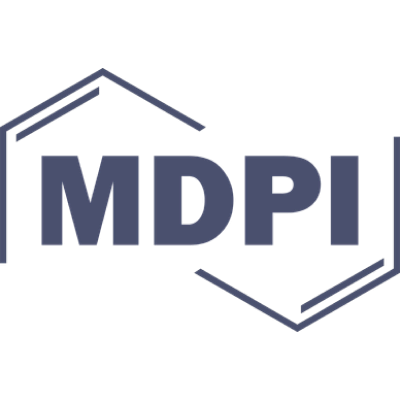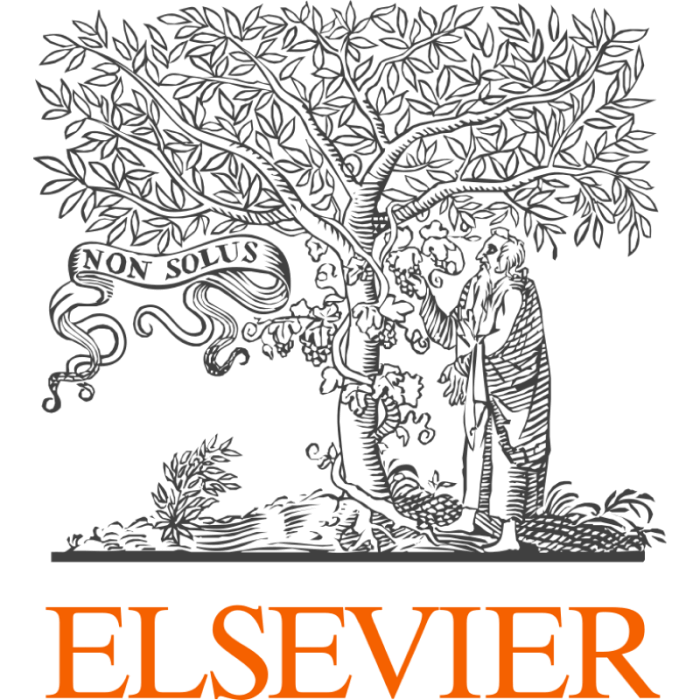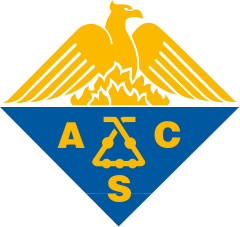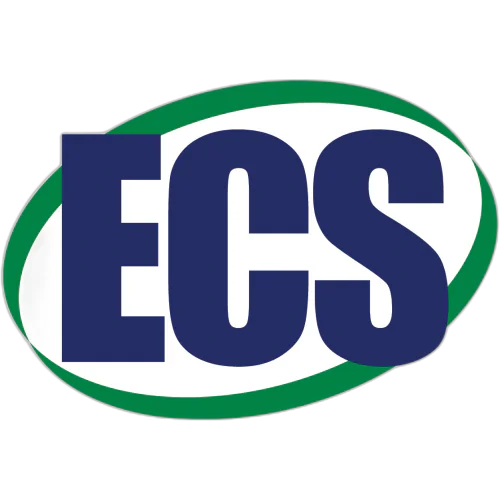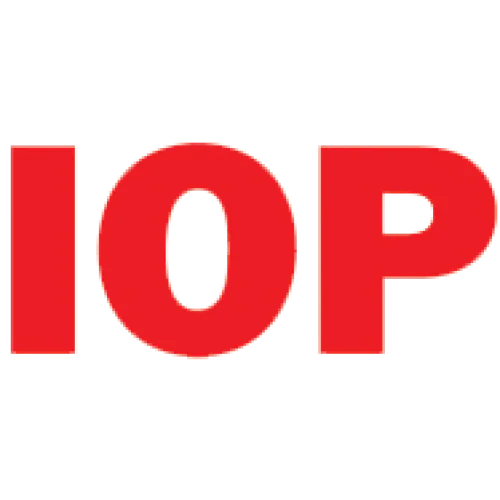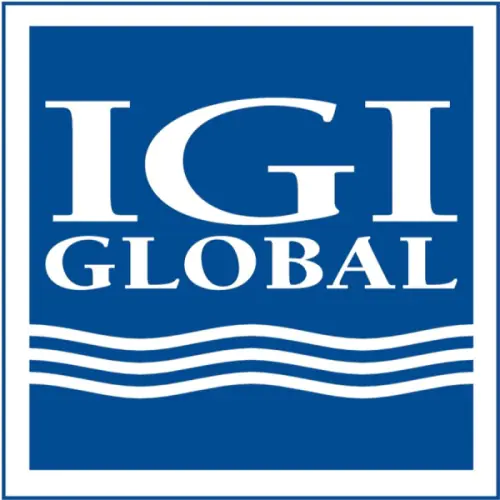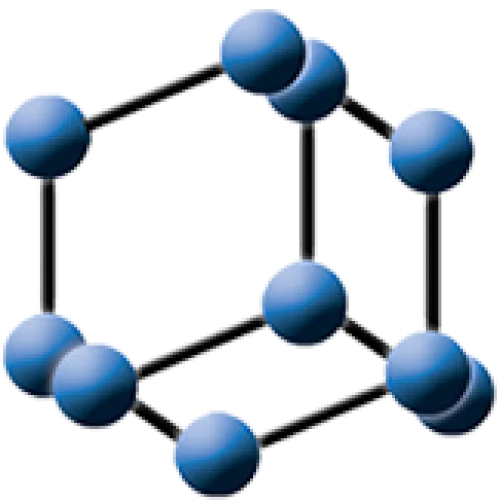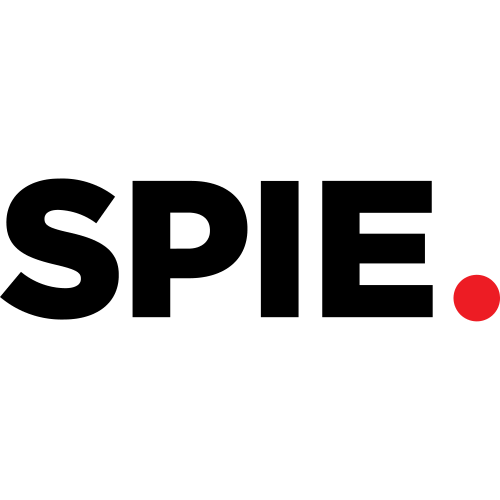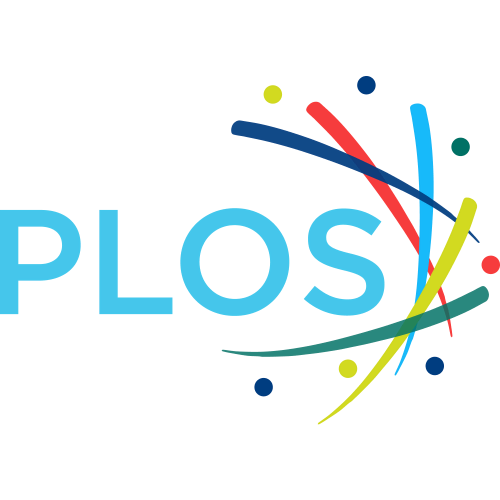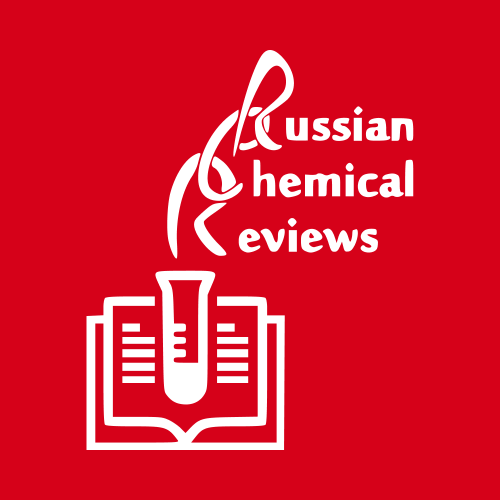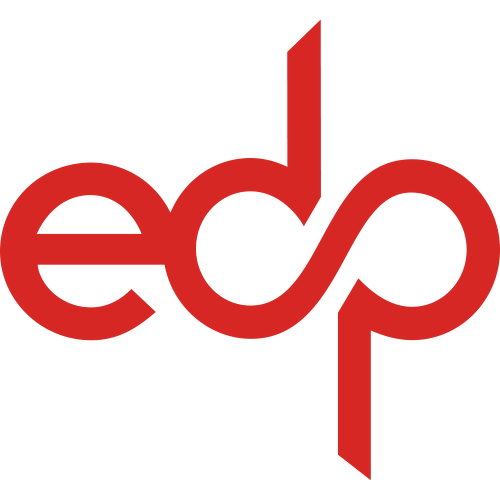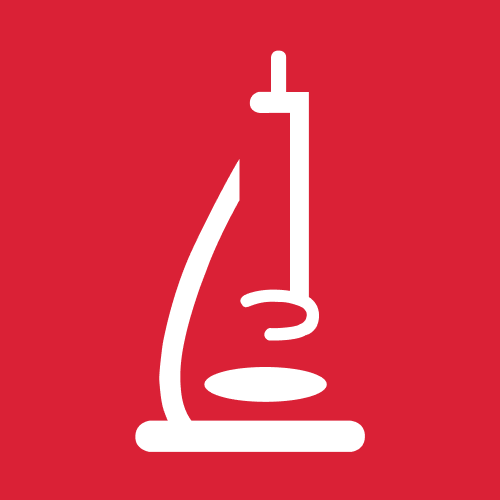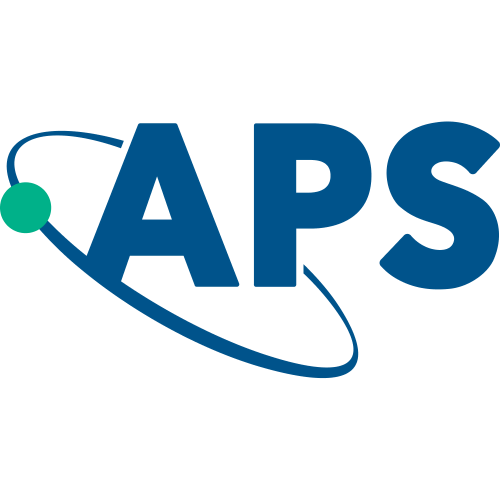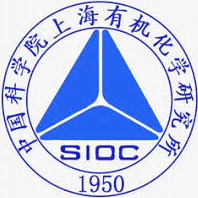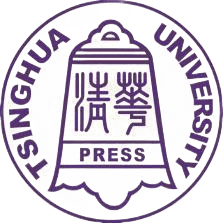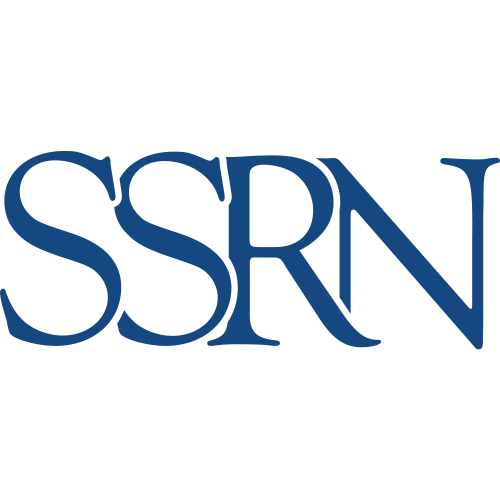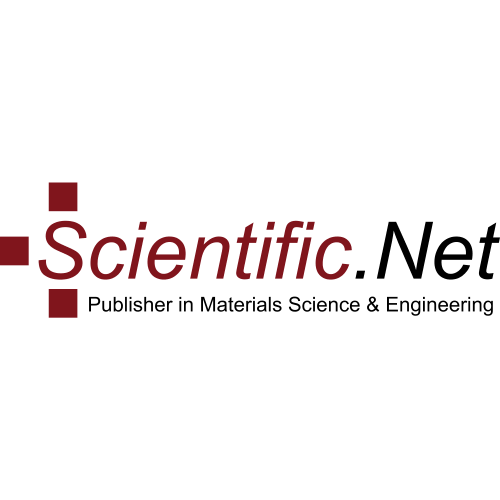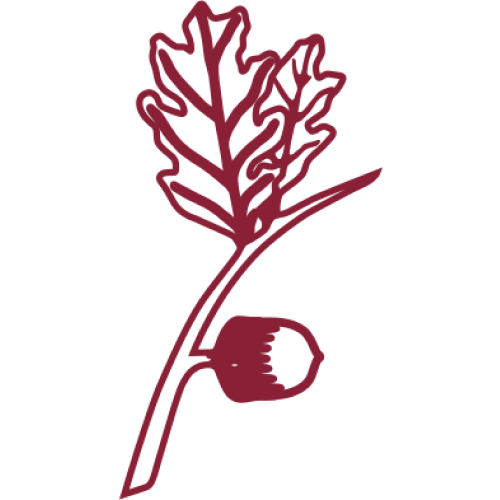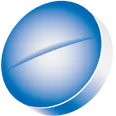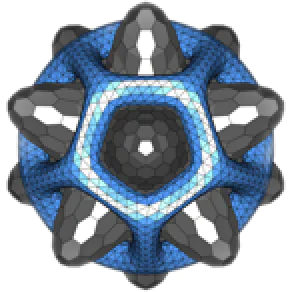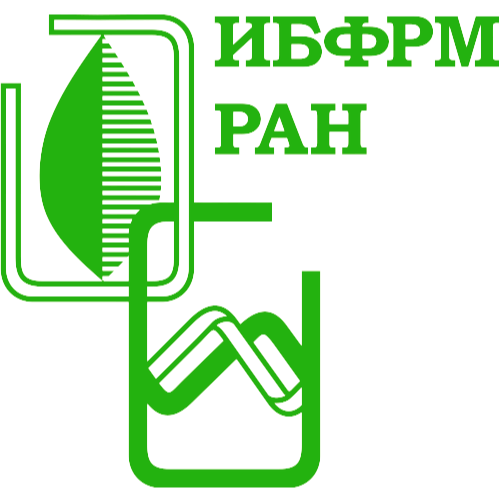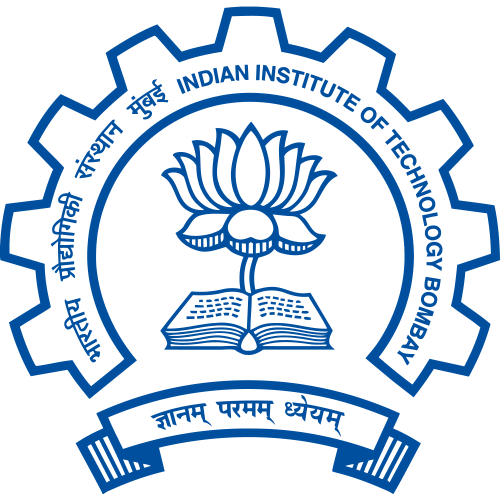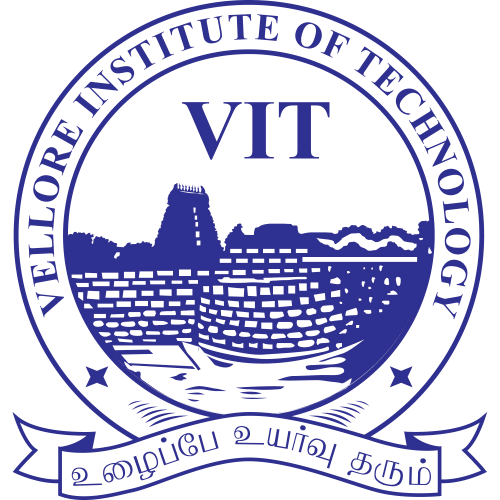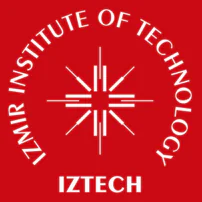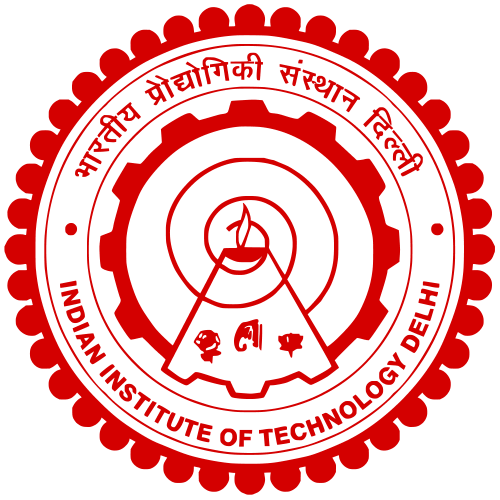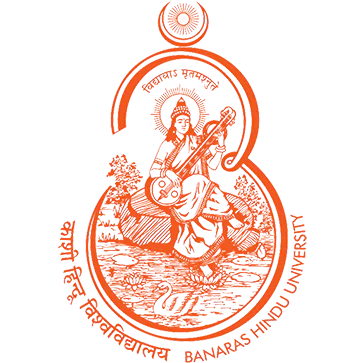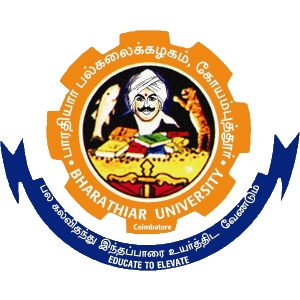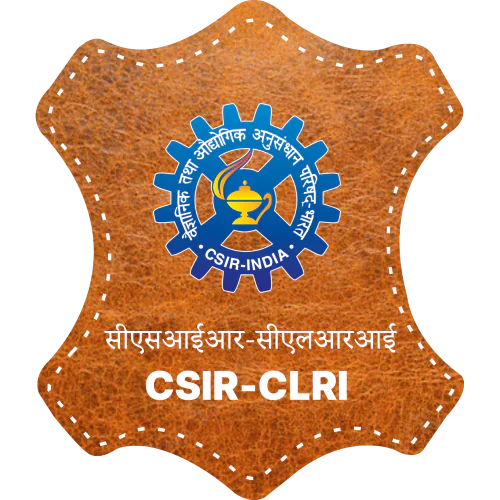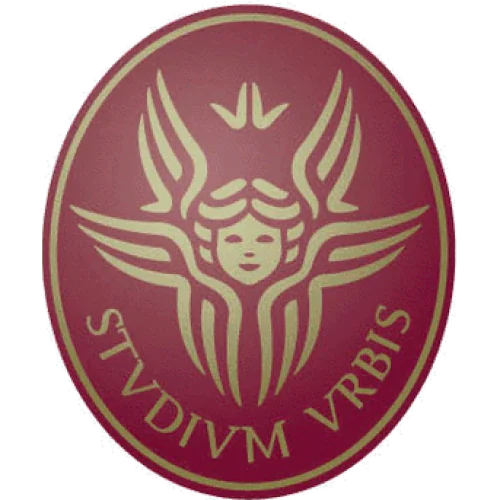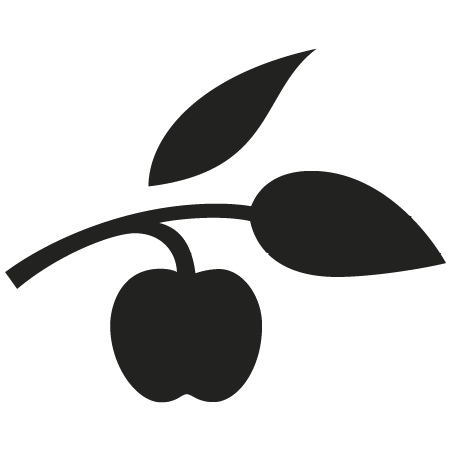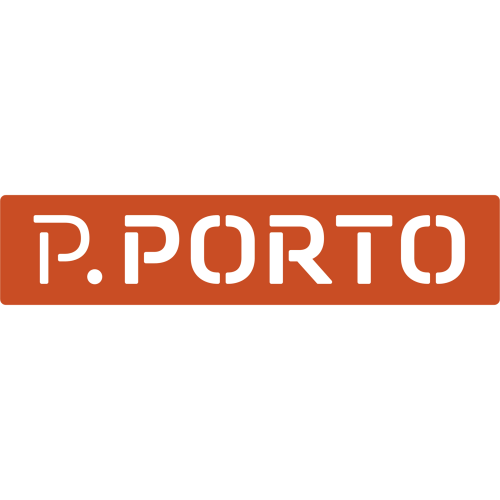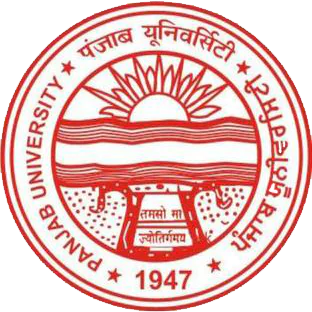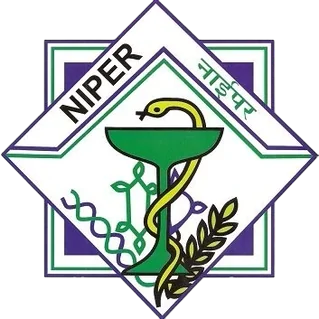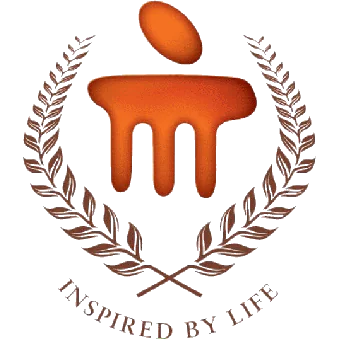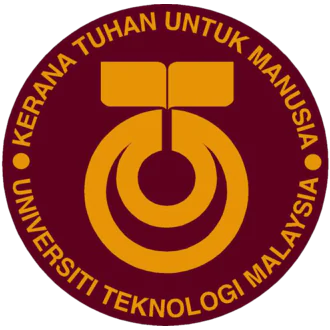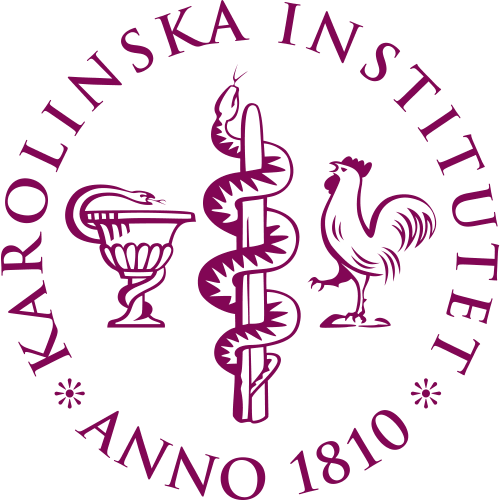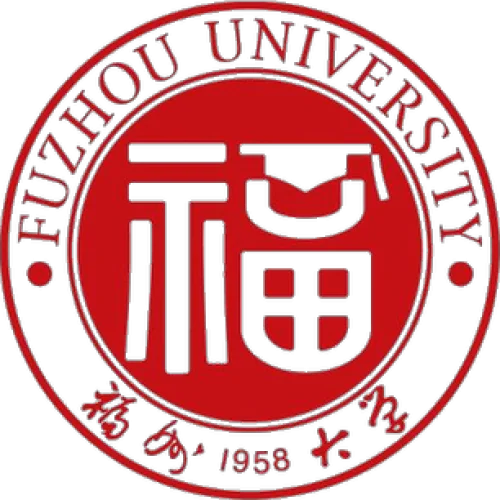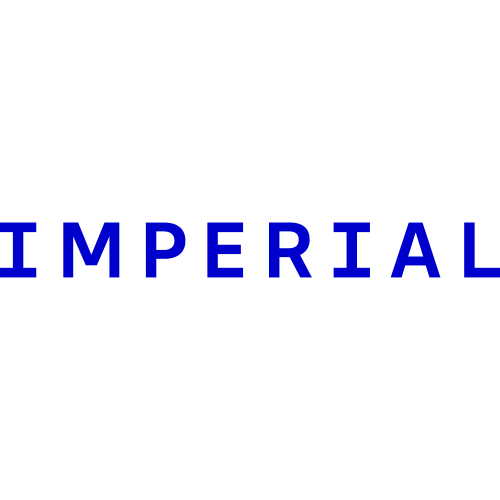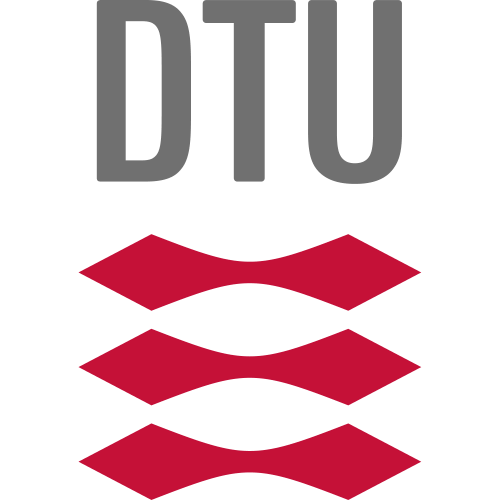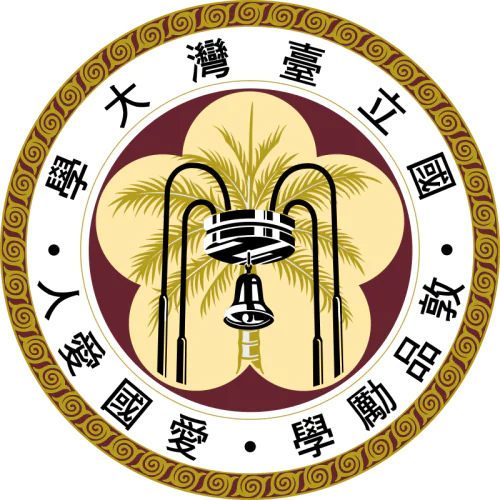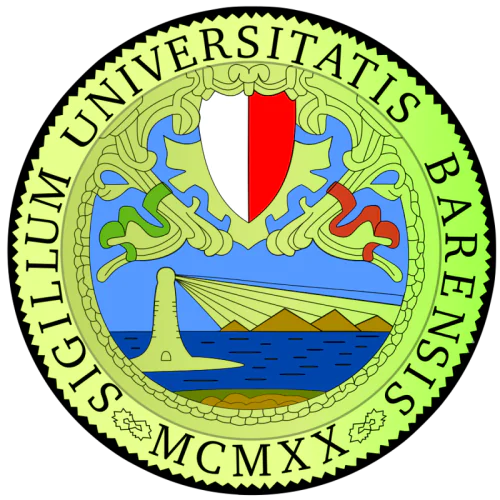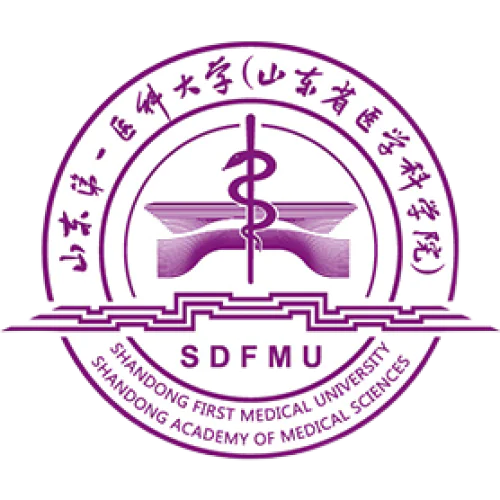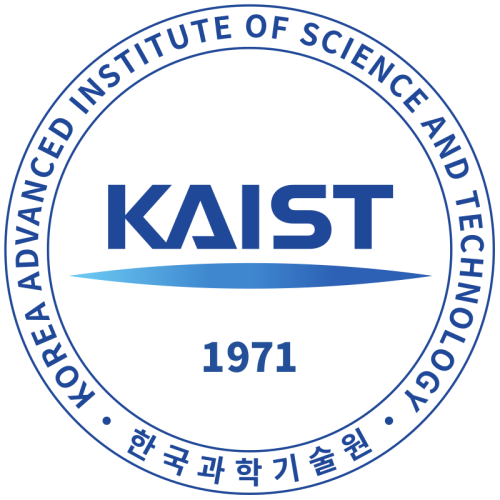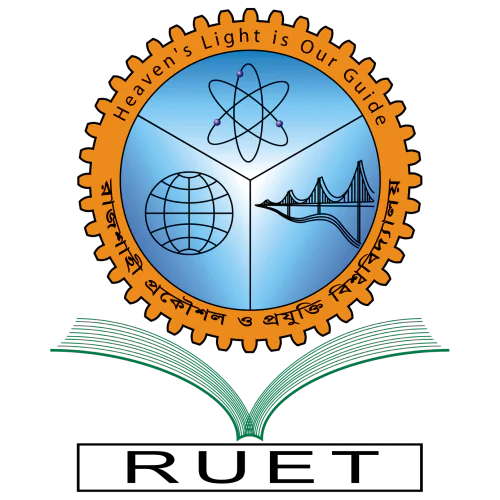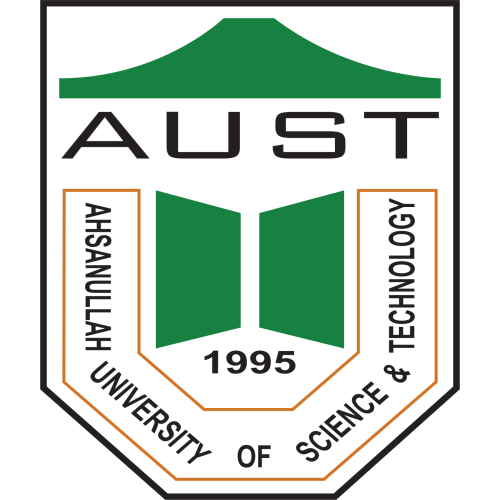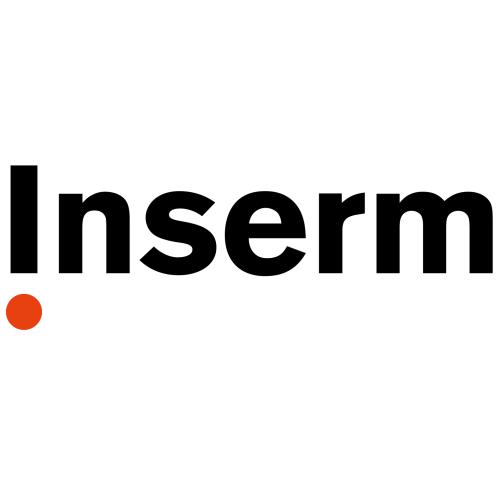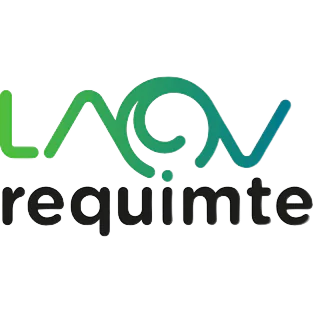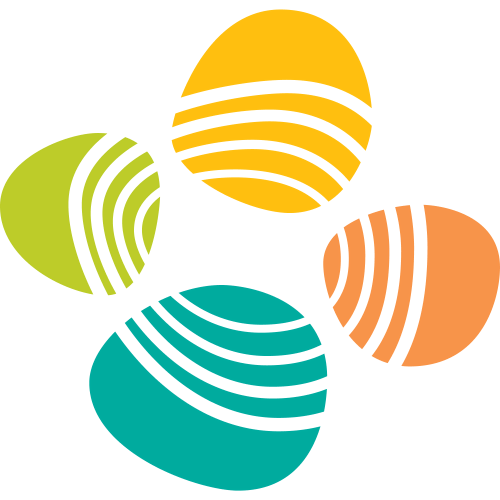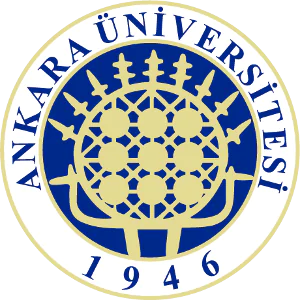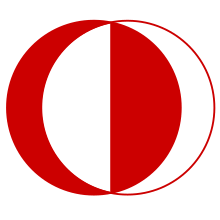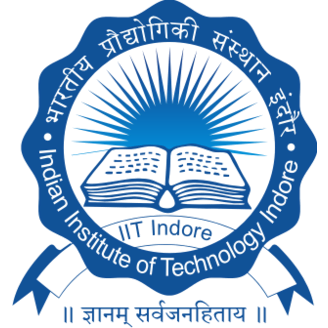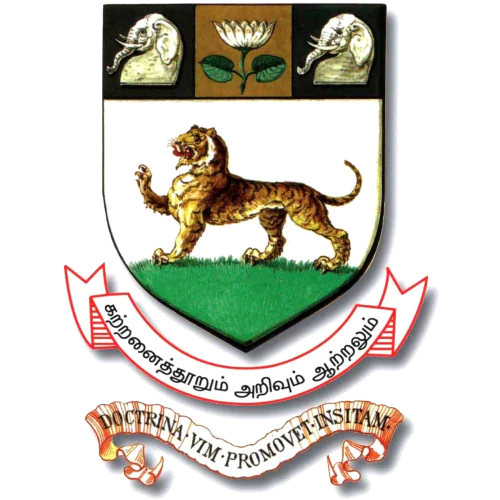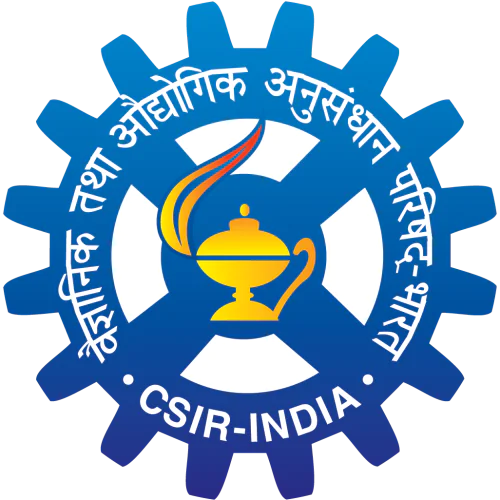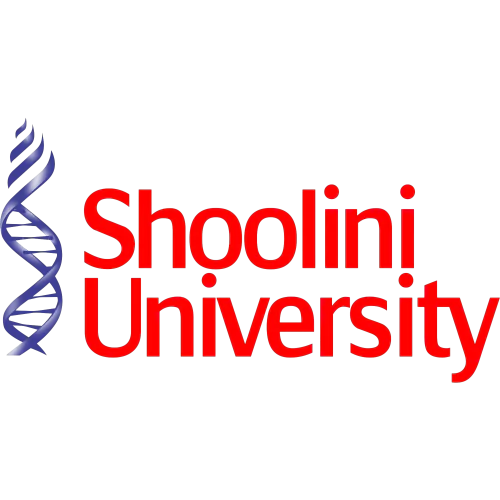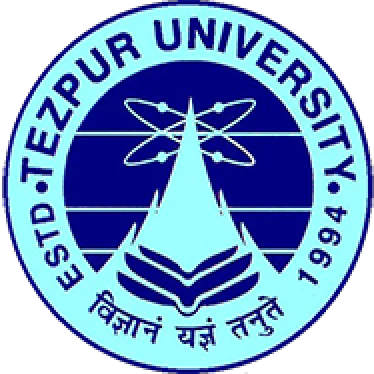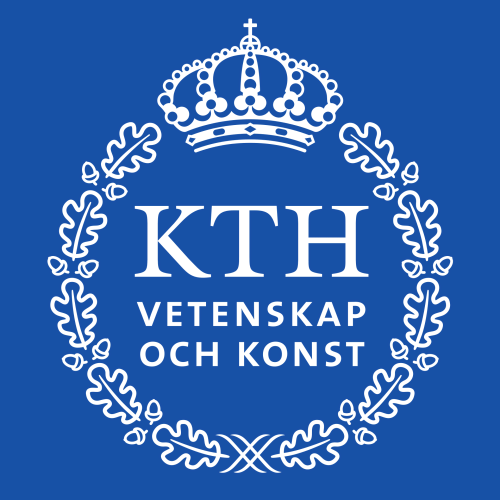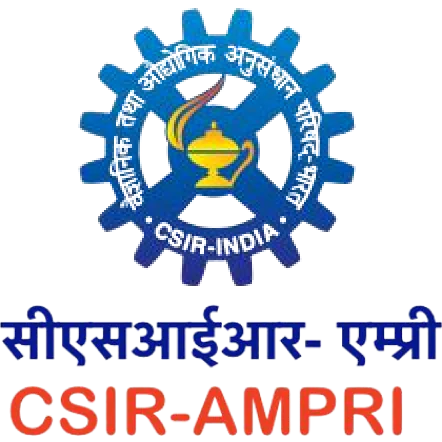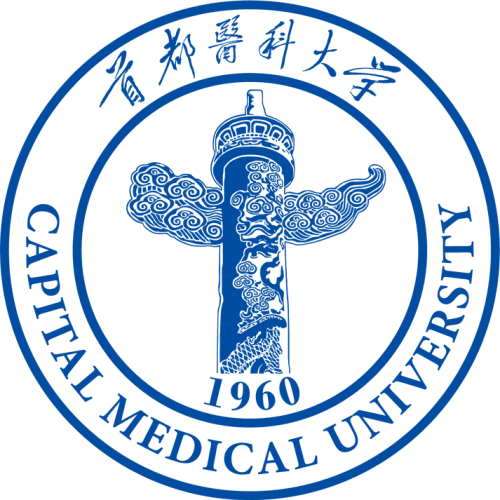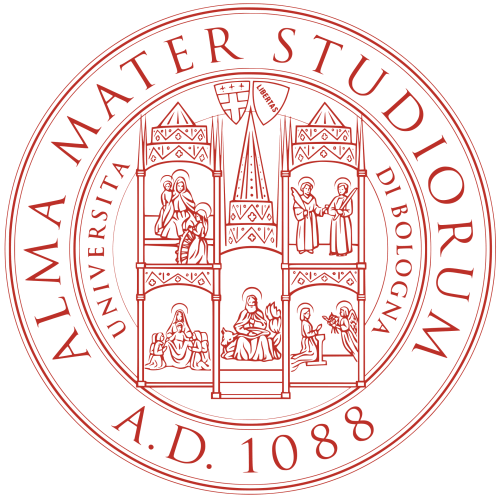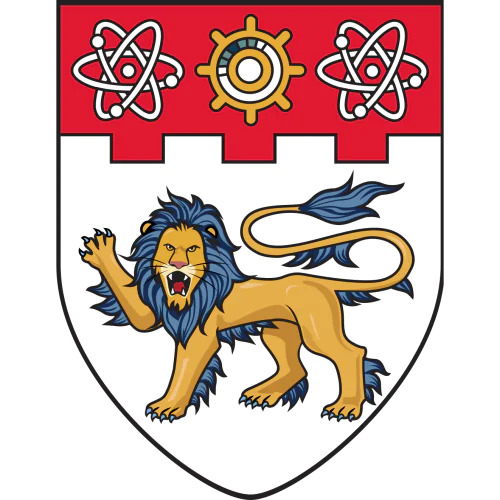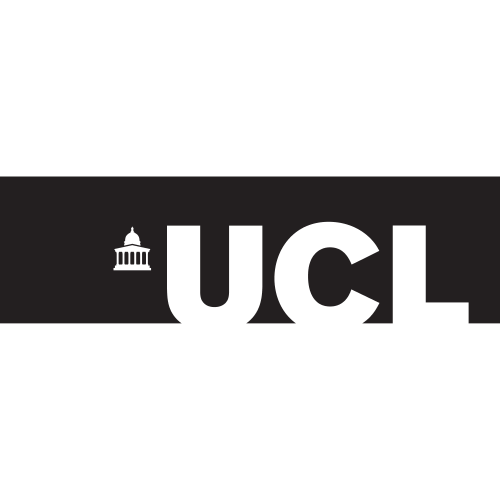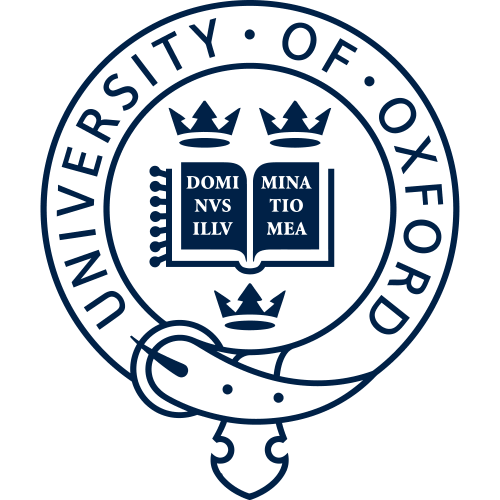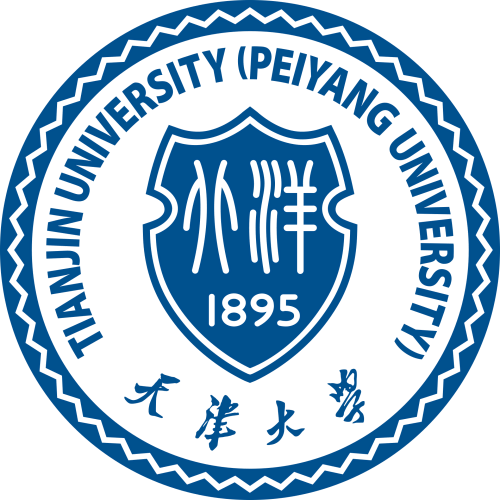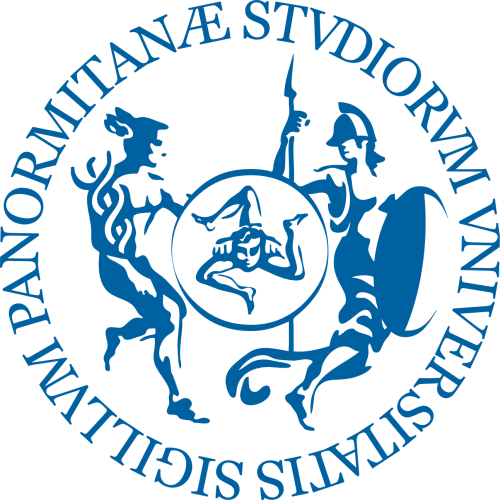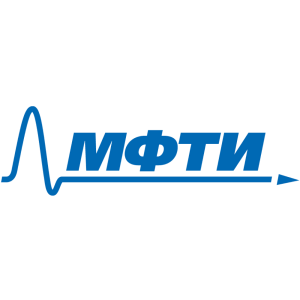Are you a researcher?
Create a profile to get free access to personal recommendations for colleagues and new articles.
SCImago
Q1
SJR
0.821
CiteScore
8.4
Categories
Biomedical Engineering
Biophysics
Biotechnology
Electrochemistry
Areas
Biochemistry, Genetics and Molecular Biology
Chemistry
Engineering
Years of issue
2019-2025
journal names
Biosensors and Bioelectronics: X
Top-3 citing journals
Top-3 organizations

University of Texas at Dallas
(16 publications)
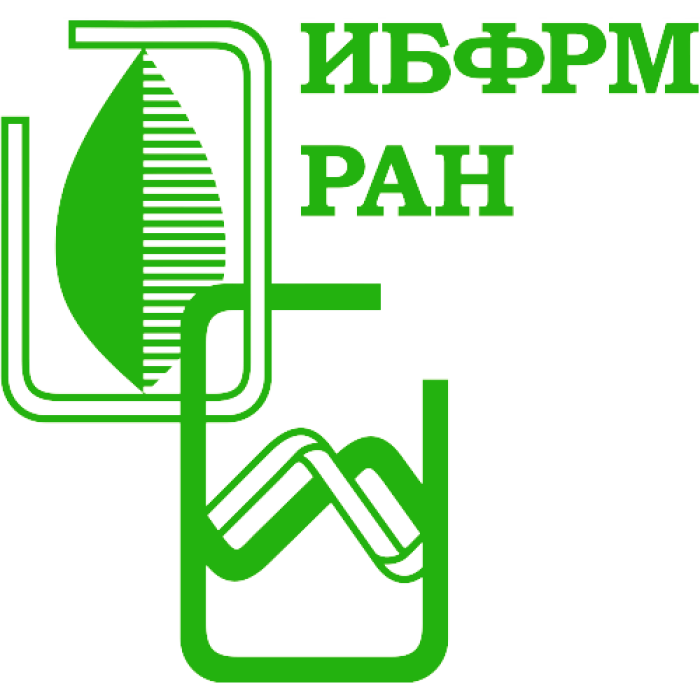
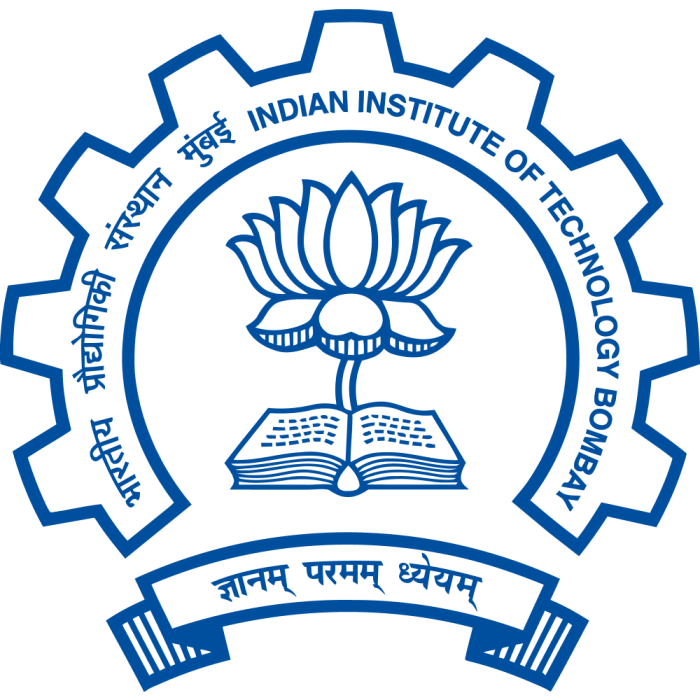
Indian Institute of Technology Bombay
(7 publications)

University of Texas at Dallas
(16 publications)


Indian Institute of Technology Bombay
(7 publications)
Top-3 researchers by articles count
1 publication in journal

Sengupta Joydip
🥼 🤝
66 publications,
1 079 citations,
79 reviews
h-index: 18

University of Calcutta
1 publication in journal

ARI Fikret
44 publications,
280 citations
h-index: 8
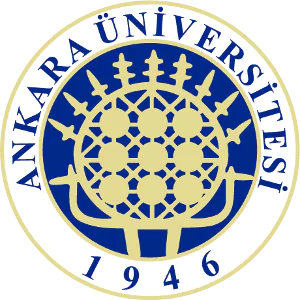
Ankara University
1 publication in journal

Nazarova Elena
PhD in Chemistry
11 publications,
242 citations,
6 reviews
h-index: 6

ITMO University
Most cited in 5 years
Found
Nothing found, try to update filter.
Found
Nothing found, try to update filter.
Top-100
Citing journals
Citing publishers
Publishing organizations
Publishing organizations in 5 years
|
2
4
6
8
10
12
14
16
|
|
|
University of Texas at Dallas
16 publications, 3.18%
|
|
|
Institute of Biochemistry and Physiology of Plants and Microorganisms SarSc of the Russian Academy of Sciences
8 publications, 1.59%
|
|
|
Indian Institute of Technology Bombay
7 publications, 1.39%
|
|
|
Jamia Hamdard
7 publications, 1.39%
|
|
|
Vellore Institute of Technology University
5 publications, 0.99%
|
|
|
Fudan University
5 publications, 0.99%
|
|
|
University of Naples Federico II
5 publications, 0.99%
|
|
|
Istituti di Ricovero e Cura a Carattere Scientifico
5 publications, 0.99%
|
|
|
Gadjah Mada University
5 publications, 0.99%
|
|
|
University of Waterloo
5 publications, 0.99%
|
|
|
University of Alberta
5 publications, 0.99%
|
|
|
Sharif University of Technology
4 publications, 0.8%
|
|
|
Izmir Institute of Technology
4 publications, 0.8%
|
|
|
Indian Institute of Technology Delhi
4 publications, 0.8%
|
|
|
Jawaharlal Nehru University
4 publications, 0.8%
|
|
|
Banaras Hindu University
4 publications, 0.8%
|
|
|
Bharathiar University
4 publications, 0.8%
|
|
|
Central Leather Research Institute
4 publications, 0.8%
|
|
|
École Polytechnique Fédérale de Lausanne
4 publications, 0.8%
|
|
|
Sapienza University of Rome
4 publications, 0.8%
|
|
|
University of Southern Denmark
4 publications, 0.8%
|
|
|
University of Coimbra
4 publications, 0.8%
|
|
|
University College Cork (National University of Ireland, Cork)
4 publications, 0.8%
|
|
|
Polytechnic Institute of Porto
4 publications, 0.8%
|
|

Kotelnikov Institute of Radioengineering and Electronics of the Russian Academy of Sciences
3 publications, 0.6%
|
|
|
Alfaisal University
3 publications, 0.6%
|
|
|
Hacettepe University
3 publications, 0.6%
|
|
|
University of Tehran
3 publications, 0.6%
|
|
|
Panjab University
3 publications, 0.6%
|
|
|
Indian Institute of Technology Kharagpur
3 publications, 0.6%
|
|
|
National Institute of Pharmaceutical Education and Research, Hyderabad
3 publications, 0.6%
|
|
|
Zhejiang University
3 publications, 0.6%
|
|
|
Manipal Academy of Higher Education
3 publications, 0.6%
|
|
|
Maharishi Markandeshwar University, Mullana
3 publications, 0.6%
|
|
|
University of Technology, Malaysia
3 publications, 0.6%
|
|
|
University of Lisbon
3 publications, 0.6%
|
|
|
Karolinska Institute
3 publications, 0.6%
|
|
|
Fuzhou University
3 publications, 0.6%
|
|
|
University of Jordan
3 publications, 0.6%
|
|
|
Chongqing University
3 publications, 0.6%
|
|
|
Technische Universität Dresden
3 publications, 0.6%
|
|
|
Imperial College London
3 publications, 0.6%
|
|
|
Technical University of Denmark
3 publications, 0.6%
|
|
|
National Taiwan University
3 publications, 0.6%
|
|
|
Italian Institute of Technology
3 publications, 0.6%
|
|
|
University of Bari Aldo Moro
3 publications, 0.6%
|
|
|
Shandong First Medical University
3 publications, 0.6%
|
|
|
Korea Advanced Institute of Science and Technology
3 publications, 0.6%
|
|
|
Chinese University of Hong Kong
3 publications, 0.6%
|
|
|
University of Erlangen–Nuremberg
3 publications, 0.6%
|
|
|
Hokkaido University
3 publications, 0.6%
|
|
|
University of Texas at Tyler
3 publications, 0.6%
|
|
|
Rajshahi University of Engineering and Technology
3 publications, 0.6%
|
|
|
Ahsanullah University of Science and Technology
3 publications, 0.6%
|
|
|
University of São Paulo
3 publications, 0.6%
|
|
|
French Institute of Health and Medical Research
3 publications, 0.6%
|
|
|
Rede de Química e Tecnologia
3 publications, 0.6%
|
|
|
University of Minho
3 publications, 0.6%
|
|
|
Saratov State University
2 publications, 0.4%
|
|
|
King Saud University
2 publications, 0.4%
|
|
|
King Abdullah University of Science and Technology
2 publications, 0.4%
|
|
|
Ankara University
2 publications, 0.4%
|
|
|
King Faisal Specialist Hospital & Research Centre
2 publications, 0.4%
|
|
|
Shahid Beheshti University of Medical Sciences and Health Services
2 publications, 0.4%
|
|
|
Middle East Technical University
2 publications, 0.4%
|
|
|
Ege University
2 publications, 0.4%
|
|
|
University of Delhi
2 publications, 0.4%
|
|
|
Gazi University
2 publications, 0.4%
|
|
|
Shahid Beheshti University
2 publications, 0.4%
|
|
|
Indian Institute of Technology Indore
2 publications, 0.4%
|
|
|
Indian Institute of Technology Palakkad
2 publications, 0.4%
|
|
|
Jamia Millia Islamia
2 publications, 0.4%
|
|
|
University of Madras
2 publications, 0.4%
|
|
|
Chemistry and Chemical Engineering Research Center of Iran
2 publications, 0.4%
|
|
|
Central Electrochemical Research Institute
2 publications, 0.4%
|
|
|
University of Petroleum and Energy Studies
2 publications, 0.4%
|
|
|
Shoolini University
2 publications, 0.4%
|
|
|
Tezpur University
2 publications, 0.4%
|
|
|
North East Institute of Science and Technology
2 publications, 0.4%
|
|
|
Karpagam Academy of Higher Education
2 publications, 0.4%
|
|
|
University of Science, Malaysia
2 publications, 0.4%
|
|
|
Uppsala University
2 publications, 0.4%
|
|
|
KTH Royal Institute of Technology
2 publications, 0.4%
|
|
|
Advanced Materials and Processes Research Institute
2 publications, 0.4%
|
|
|
Grenoble Alpes University
2 publications, 0.4%
|
|
|
Nanjing Medical University
2 publications, 0.4%
|
|
|
Nanjing University
2 publications, 0.4%
|
|
|
National Defence University of Malaysia
2 publications, 0.4%
|
|
|
Lausanne University Hospital
2 publications, 0.4%
|
|
|
China Agricultural University
2 publications, 0.4%
|
|
|
Capital Medical University
2 publications, 0.4%
|
|
|
Shanghai Ocean University
2 publications, 0.4%
|
|
|
University of Applied Sciences and Arts of Southern Switzerland
2 publications, 0.4%
|
|
|
University of Bologna
2 publications, 0.4%
|
|
|
Nanyang Technological University
2 publications, 0.4%
|
|
|
University of Oxford
2 publications, 0.4%
|
|
|
Tianjin University
2 publications, 0.4%
|
|
|
University of Cambridge
2 publications, 0.4%
|
|
|
University of Palermo
2 publications, 0.4%
|
|
|
University of Southern California
2 publications, 0.4%
|
|
|
2
4
6
8
10
12
14
16
|
|
Publishing countries
Publishing countries in 5 years
1 publication in journal

Sengupta Joydip
🥼 🤝
66 publications,
1 079 citations,
79 reviews
h-index: 18

University of Calcutta
1 publication in journal

Nazarova Elena
PhD in Chemistry
11 publications,
242 citations,
6 reviews
h-index: 6

ITMO University
1 publication in journal

Scheglova Ekaterina
5 publications,
60 citations
h-index: 5
1 publication in journal

ARI Fikret
44 publications,
280 citations
h-index: 8

Ankara University
1 publication in journal
Singh Siddharth
35 publications
h-index: 0



